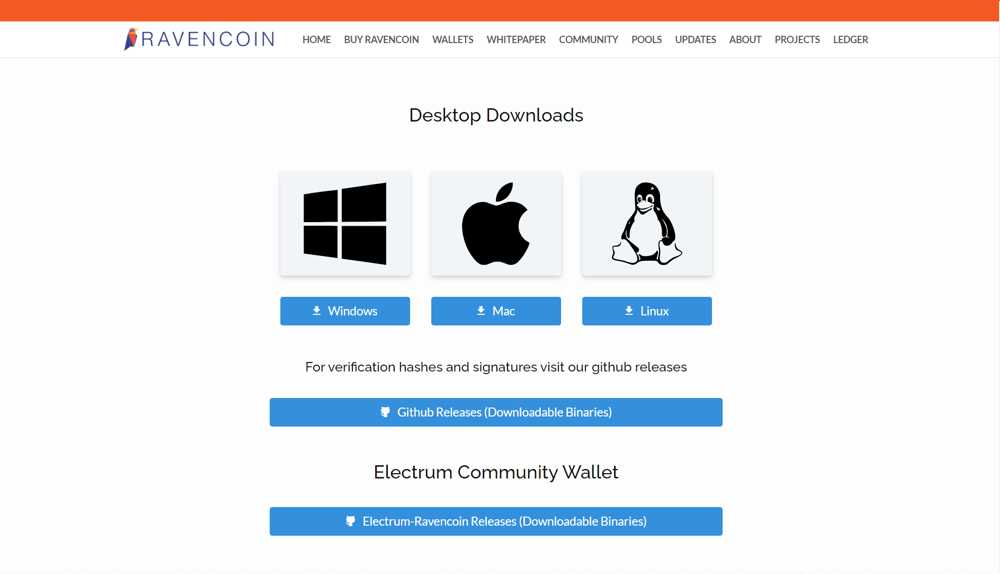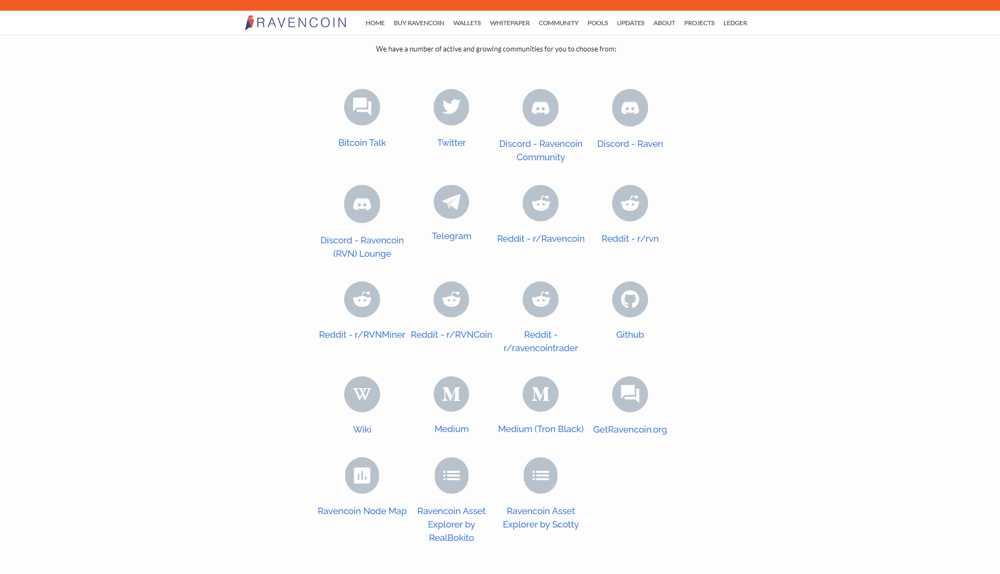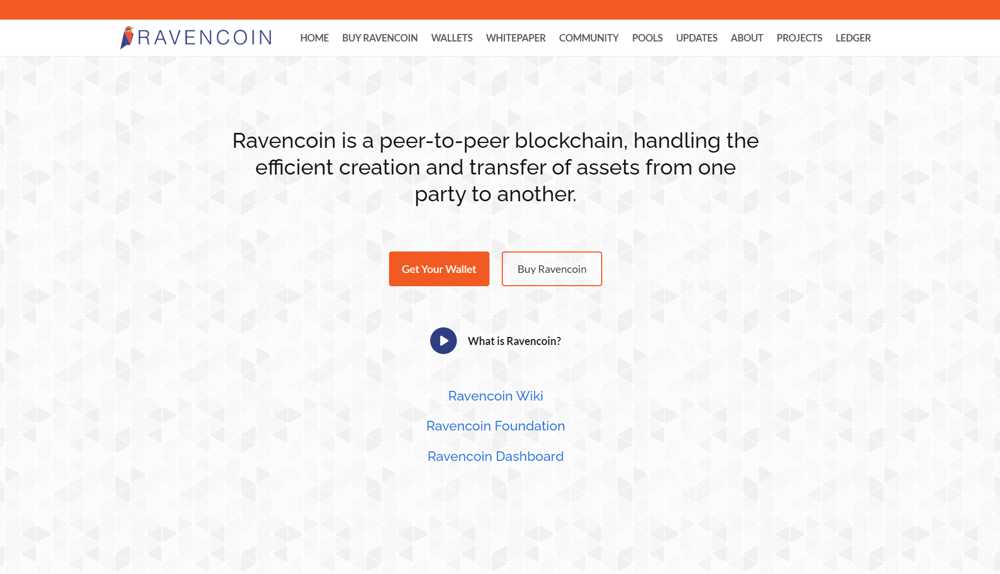What is Ravencoin (RVN)? A P2P Blockchain with Decentralized Mining
Bitcoin is the biggest blockchain network that enables users to transfer money without the involvement of a third party. However, its transaction fee is getting high with time and the average block time has also significantly increased.
Moreover, it doesn’t support the creation of other crypto assets on its network. On the other hand, blockchain networks like Ethereum, Cardano, and Solana are giving multiple opportunities to users to take advantage of the blockchain industry.
Ravencoin is a similar kind of network that enables users to create a new class of crypto assets. But it’s an open-source fork of Bitcoin’s codebase.
What is Ravencoin (RVN)?
Ravencoin is an open-source network that enables users to create new crypto tokens that can either represent NFTs or real-world assets like securities, commodities, collectibles, and more. The companies can also use this network to transfer loyalty rewards to their subscribers.
Unlike Bitcoin, it has an average block time of 1 minute only. It offers 5,000 RVN tokens as a reward to the validators who help with creating a block. Furthermore, it has a maximum supply of 21 billion RVN tokens.
The best thing about Ravencoin is that it enables everyone to participate in the block creation process.
KawPow
Ravencoin uses a modified version of the proof-of-work consensus protocol known as KawPow. It involves a network of computers that help with validating transactions while ensuring the platform’s security. It provides an opportunity for everyone who is interested in mining but can’t afford to install expansive and expensive hardware.
Unique Tokens
Companies and small businesses can reward their community members by distributing RVN tokens. They can define the fungibility of the token by adding special characteristics like the token’s name, the number of tokens, and more. Everyone is allowed to create a new token within the network.
And the first person who creates a new token is considered to be the owner of that particular token. However, they need to burn an equal amount of RVN tokens when creating a new unique token.
Rewards
The network participants can use RVN tokens to pay dividends or send rewards to the community members. For example, small businesses can create new tokens to raise funds for their business. They can set a price according to their preferences.
So, if a business has issued 20,000 tokens at a price of $0.10, it can easily raise $2,000 to run its operations. Later on, they can distribute rewards among users who contributed to their growth.
Messaging Stakeholders
The lack of communication is a common issue in the blockchain industry. Ravencoin is dedicated to fixing this ongoing communication problem through its advanced features. Ravencoin enables token issuers to communicate with the tokenholders whenever they want to send new proposals.
The token issuers no longer need to use third-party resources to interact with the community members.
Privacy
Although Ravencoin builds communication between the token issuers and token holders, it doesn’t hinder the user’s identity at all. It separates public addresses from user identities to ensure safe and secure transactions.
Voting
In the traditional financial system, companies need to spend hundreds of dollars to collect the email addresses of their shareholders. And they face problems with ensuring the transparency of the voting procedure. On the contrary, Ravencoin distributes voting power among its community members.
RVN token holders can vote for several proposals depending on the number of tokens they hold. They can also send their tokens to different addresses when casting a vote for a particular position.
Mining Mechanism
Unlike Bitcoin, Ravencoin uses the X16R mining algorithm to provide a higher level of network decentralization. It eliminates the need for using expensive computer hardware while allowing everyone to participate in the mining process.
Ravencoin Brief History
Ravencoin was launched on the ninth anniversary of Bitcoin in 2018. Ravencoin tried to mimic Bitcoin’s launch by refraining from private token sales. Furthermore, the team didn’t add any master nodes to the network. The team was dedicated to maintaining a democratized token supply.
The team didn’t allocate any RVN tokens for the developers to avoid all kinds of controversies. The network appreciates the contribution of everyone through its open-source nature.
How Does Ravencoin Work?

As it’s mentioned, Ravencoin modified Bitcoin’s codebase to provide a better experience to the users. It uses a modified version of the Proof-of-work consensus protocol to provide everyone with the opportunity to participate in the block creation process.
The community members can connect their CPUs to the network to become a validator. The network creates an equation when a new transaction is requested. These equations can be solved with a normal CPU. RVN tokens have an essential role in this platform because businesses need to burn their RVN tokens to create new unique tokens.
RVN Tokenomics
RVN is the native token of Ravencoin that is used for the transfer of value. The users can also burn RVN tokens to create unique tokens for real-life assets. With a circulating supply of 10.5 billion tokens, RVN has a market cap of $425 million. It ranks among the 100 best cryptocurrencies in terms of market cap.
It has a maximum supply of 21 billion tokens that will be released over time.
Conclusion

Ravencoin is a fork of Bitcoin designed to enhance the adoption of blockchain. It incorporates a modified version of the proof-of-work consensus protocol to support the participation of all community members. Feel free to get in touch with us if you need more information about how Ravencoin works.











